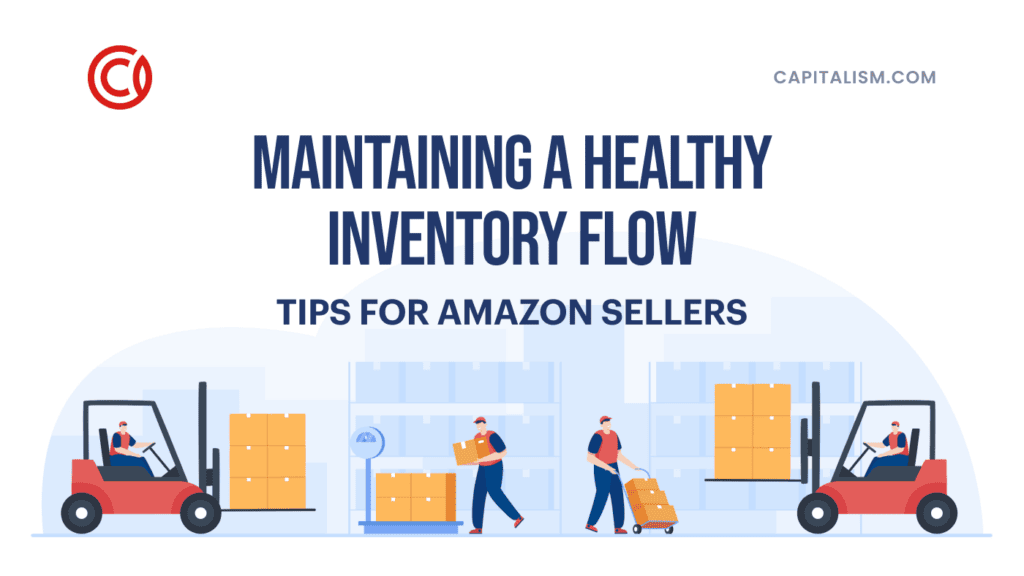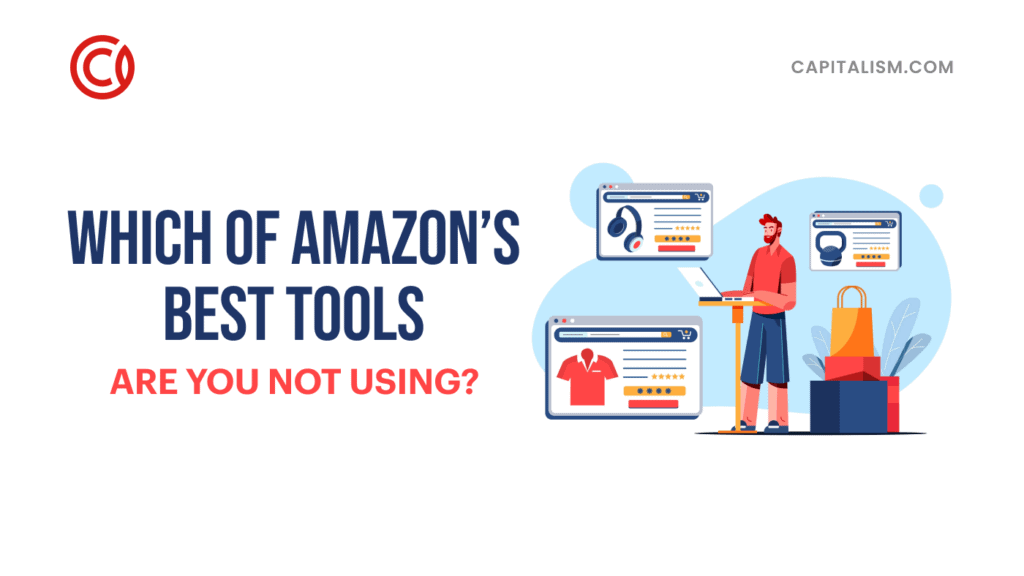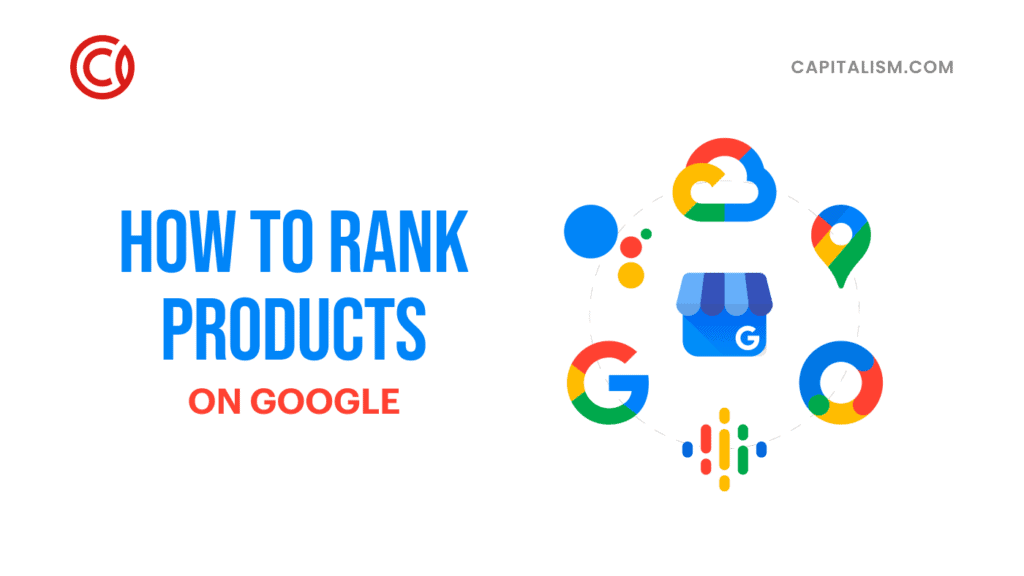Every competitive endeavor, whether it’s a game of cards, a sport, running for office, or running a business, requires a strategy. Everyone “lucks into” a win now and then, but for consistent success, it takes a solid strategy.
Most everyone agrees on the importance of a good strategy in sport. Politicians hire strategists to help them win elections. Militaries, too, know that strategy is essential to winning battles. And the most successful businesspeople understand that you can’t rise to the top without great planning and effective strategy.
Despite its importance, though, many newer entrepreneurs neglect this piece of their business. This is especially true for the large percentage of entrepreneurs without formal business education—those self-educated, self-starters that in the minds of many epitomize the word entrepreneur.
They may have a loosely-defined strategy, or have a general idea in their heads, but quite often haven’t taken the time to map out their business strategy—sometimes referred to as a strategic plan. While that might not be catastrophic, it will undoubtedly slow your business growth. If you’ve passed the startup phase of your business and you don’t yet have your strategy mapped out, it’s time.
What is a business strategy?
In general a strategy can be thought of as your overall plan to reach a specific goal. More specifically, a business strategy, according to Harvard Business Review, is “a set of guiding principles that, when communicated and adopted in the organization, generates a desired pattern of decision making.”

Business strategy is made up of three “levels”
In creating your strategy, it can be helpful to look at it in three different levels. Each level focuses on a different aspect of the business. While separating your strategy in this way might seem unnecessary in smaller companies, doing so from the start will simplify making adjustments in the future. That’s particularly true if you see expansion as one of your company’s objectives.
Level 1 – The corporate level
This is the top level, dealing with your company’s overall goals. Your corporate level strategy will govern how all decisions are made within the company, regardless of department or job function. Consider this the foundation of your overall strategy.
Level 2 – The business unit level
This level covers various markets that your business serves. The structure of your business is going to determine the complexity of this level, or whether it’s needed at all. If your company is composed of only one strategic ”unit”—a single product offering or single market segment—you may not need to implement this level yet. Nonetheless, it’s helpful to structure your strategy to allow for this possibility when you’re ready to expand.
Level 3 – The functional level
Here is where you’ll include strategies for each business function. You might include, for example, human resources strategies, marketing strategies, and operations strategies. Even if you are the one handling every business function, creating strategies for each function independently will make things easier on you when you’re ready to hire help.
Your business plan is not a business strategy
It can be tempting to believe that your business plan is sufficient and that you don’t really need another, separate strategy. Your strategic plan is, after all, another type of business plan. The two plans have different purposes, though, and both are important.
You likely put in a hefty amount of time developing your business plan, particularly if you needed financing to start your business. And that is its main purpose—starting a business. You put together a plan to help you get funding and to guide you in getting the business up and running. It is not typically meant to guide your business’s long-term growth.
Why is business strategy development important?
Think back to some of your past jobs. Chances are you’ve had at least one that you absolutely hated. Maybe you can recall working for a company that you felt was horribly run; where decisions seemed arbitrary; where it seemed you were changing course on a regular basis. If this sounds familiar, you’ve experienced a company with a poorly developed, perhaps nonexistent, strategy.
We’ve discussed the fact that competition requires strategic planning. In business, your strategy guides decision making. It gives you a roadmap, pointing you in the direction you want to go and guiding you toward your destination, i.e. your business goals. It doesn’t prevent you from changing course, but it enables you to do it intentionally. You don’t just decide to “try something new.” You look at where you’ve been, then look at your “roadmap” to see if your destination is still on your pre-planned course. If you alter your course, it’s with a good reason.
Steps to build a strategy
With your understanding of the need for a business strategy, let’s get into the how.
Step 1 – Know the industry
I know what you’re thinking—you already know the industry. You spent a good amount of time researching before you even opened up shop. And now that you’ve been in business for a while, you’re an expert.
I have no doubt that you are an expert in your own segment of the industry you serve. That notwithstanding, your most effective strategic planning will come with knowing the industry inside and out. The better you know your enterprise, the better you’re able to see the unique opportunities within it.
That includes knowing the competition. Not just on a surface level; it takes more than just knowing who you compete with and how tough the competition is. Learn as much about your competitors as possible. Study their recent business decisions to try to understand their strategies.
Make an honest assessment of your competitors’ strengths. What do they do better than you? What do they do better than anyone else in the market?
Then look at their weaknesses. These are opportunities for you. You can try to outdo them at what they’re great at, but it’s easier and faster to showcase your superiority where they have shortcomings.
While it’s important to be competitive, getting intimately familiar with what competitors are doing allows you to see opportunities to differentiate—often a more effective option than trying to compete head-to-head.
Step 2 – Know your market
You may again be thinking you know the market quite well, but once more we’re talking about digging deep and really understanding who you serve. That likely begins with defining the market. You may be in a well-established industry with a well-defined customer base, but it is still possible—and usually smart—to narrow your focus to a more specific audience.
Look at the restaurant business as an example. Taco Bell and Chipotle are two so-called quick-serve restaurants. They both serve tacos and burritos. They are frequently located in relatively close proximity. Yet even if you were unfamiliar with these restaurants, you would notice fairly quickly from their advertising that they each target a different consumer.
If you have not written out a very precise description of your ideal customer—what is often referred to as your customer avatar—this will be a vital step in forming your strategy.
Get very detailed in your description. You probably already know if your customers are other businesses or if they’re consumers. You might also have a good idea of their gender, age, and geography. Now go deeper.
Consider every detail you can think of that distinguishes your customers from everyone else. Are they college-educated? What hobbies do they enjoy? What kinds of entertainment do they like? Do they prefer dramas or comedies? Are they dog or cat people?
You’ll also want to understand who you’re not serving. Virgin Atlantic knows that Southwest’s customers are generally not their target market, and they don’t try to target them. Likewise, you’ll want to know which segments of the market you won’t target.
Your product or service will obviously guide you, but the better you can define your customer, the better you’re able to “get to know” them. More importantly, you’re better able to plan your strategy to sell to them.

Step 3 – Know yourself
Now it’s time for a gut-check. For your business strategy “roadmap” to be effective, you need to know exactly where you’re starting. One of the more popular tools for this is the SWOT analysis. That stands for Strengths, Weaknesses, Opportunities, Threats.
Your strengths and weaknesses can be the toughest to look at objectively, but they are also the most important. They are internal to your company, and therefore you’re able to affect them. If yours is a one-person operation, it’s easy to downplay your weaknesses in your own mind while also convincing yourself that your strengths are stronger than they really are. Ideally you’ll want to work with others on your team to get a more realistic impression. If that’s not possible, do your best to be brutally honest with yourself.
Strengths
- What are your competitive advantages?
- What are your best customers saying about you?
- What aspects of your business are running at their peak?
- Do you have resources that others don’t?
Weaknesses
- What do your most critical reviews say?
- Is there anything tangible that your company is missing? Upgrades or repairs needed?
- How does your company show up in the search engines? What key terms are you not ranking for that you should?
Opportunities and threats are outside of your direct control, but how you’ll react to them will be an important part of your strategy.
Opportunities
- Is the market for your product growing?
- Are there events in the news that you can capitalize on?
- Are the demographics of your market changing?
Threats
- Are your competitors making any “big moves”?
- Are there new regulations coming along that could threaten your business?
- Are there new competitors entering the market?

Step 4 – Your mission and vision statements
We are now getting into your Level 1 strategy. Your mission and vision statements are not strategies independently, but together they form the cornerstone of your corporate level strategy.
The mission statement
Your mission statement can best be thought of as what your company does. Not just for your customers; your mission statement also defines what you do for your team and for the community as a whole.
You might already have a mission statement written out; if so, great! But it’s a good time to review and possibly revise it. If you haven’t written it down yet, it’s time to stop putting it off. If you need some inspiration, here are 500 great examples. They’re specific to non-profits, but they’ll get your mind working if you’re stuck.
The vision statement
If your mission statement defines what you do, your vision statement is more about why you do it and where you’re going. It defines your company’s long term objectives. It deals with the future of your business, while the mission statement covers what your company does now.
In crafting your vision statement, you should be looking several years in the future—five to ten years would be a good range. Don’t be afraid to dream big here. Consider the “SMART” goals strategy as a guide.
Step 5- How will you accomplish your vision?
This is the core of your business strategy. You know where you’re going. You have your business goals laid out. Now comes the difficult part: Defining how you’ll get to your destination.
We are now dealing with your Level 3 strategy. You will detail strategies for every business function. With your goals in mind, now you’ll look at how each department will work toward those goals. Define not just the general strategy, e.g. “market through social media and email.” You also want to include the specific tactics of how you’ll do it—“create a monthly email newsletter to be sent to all past customers, and use PPC ads to drive traffic to an opt-in page to get new subscribers.” Include budgets when appropriate as well.
Step 6 – Implement, follow, and revise
You’ve done the important work of writing out your strategy. Now it’s time to put it into place. Decide on how you’ll communicate it to your team, and be sure that everyone understands that your newly created strategic plan will guide all future decisions.
Have a plan to monitor your strategy’s effectiveness, and be prepared to make adjustments as necessary. If you’ve done a great job building out this strategy, revisions might be minimal, and you should always allow enough time to truly assess what’s working and what’s not before making changes. And any revisions should rarely be drastic. Think minor course corrections rather than a complete reversal.
Your company’s strategy is not something to take lightly, and it may take some time to get it right. As your business grows, though, having a well-planned roadmap makes future decisions much easier. More importantly, it gives you piece of mind, knowing that you’re following the right bath to your business goals.













